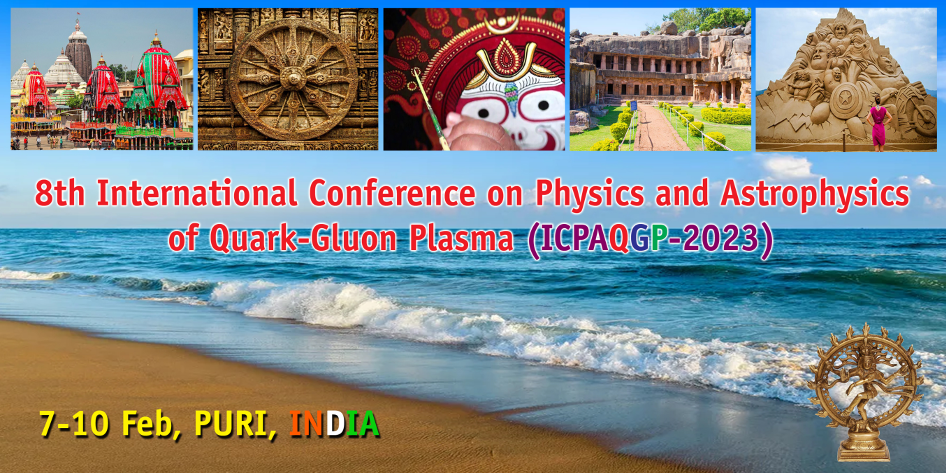We have studied the momentum transport coefficients, viz. shear and bulk viscosity, in a weakly magnetized ($eB\ll T^2$) deconfined thermal QCD medium at finite quark chemical potential ($\mu$). The magnetic field generates anisotropy in the medium, causing the previously isotropic scalar transport coefficients to become anisotropic and separate into several components. Depending upon the...
The chiral imbalance along with the magnetic field produced during heavy-ion collisions may cause a charge separation in the magnetic field direction, a phenomenon known as the chiral magnetic effect (CME). Experiments conducted in the last decade to search for the CME in heavy-ion collisions have been inconclusive. The RHIC's isobar program was implemented in an effort to resolve this issue....
The interplay between quantum anomalies and electromagnetic fields leads to a series of non-dissipative transport effects in QCD, such as the Chiral Magnetic Effect and the Chiral Separation Effect, among others. In this work we study anomalous transport phenomena with lattice QCD simulations using improved staggered quarks in the presence of a background magnetic field. In particular, we...
We study the effect of Higgs in the fundamental representation, on Z_3 symmetry in SU(3)-Higgs theory. In the presence of the Higgs, the Euclidean action breaks the Z_3 symmetry explicitly. The determination of the strength of explicit breaking requires integration of the matter fields. We carry out this using lattice Monte Carlo simulations, near the confinement-deconfinement transition. The...
The rate of dilepton production is calculated from a hot magnetized hadronic medium in the framework of real time formalism of finite temperature field theory. The principal component in dilepton production is the thermo-magnetic spectral function of $\rho^0$ obtained by solving the Dyson-Schwinger equation. This is followed by evaluating the one loop self-energy of $\rho^0$ containing...

